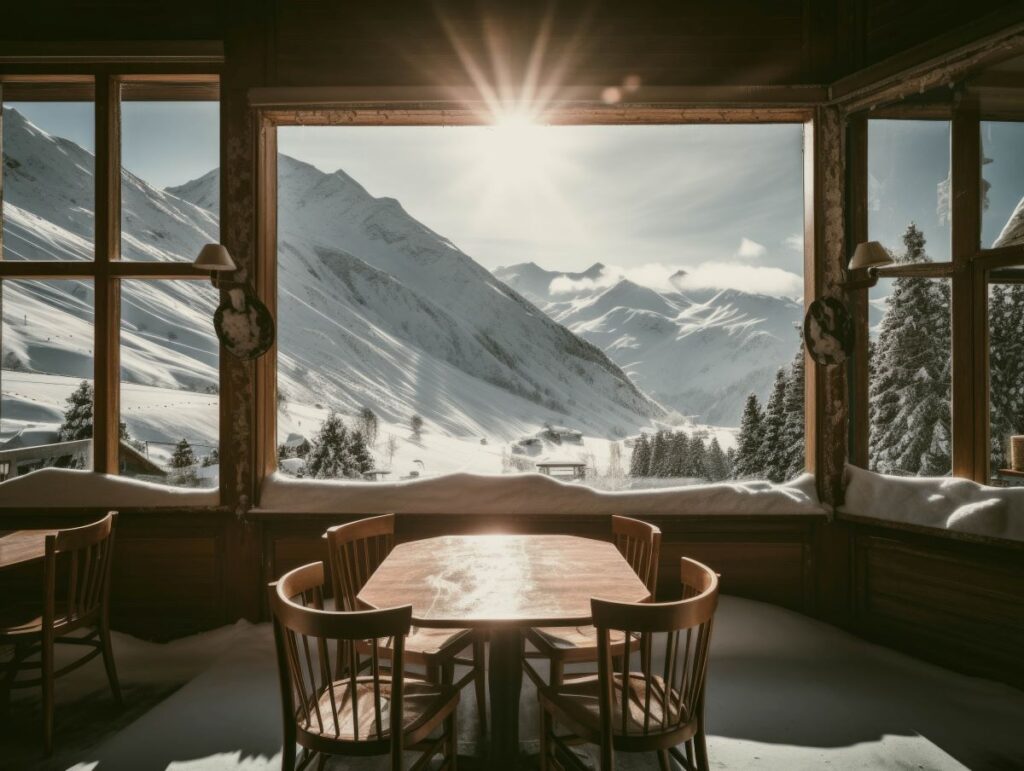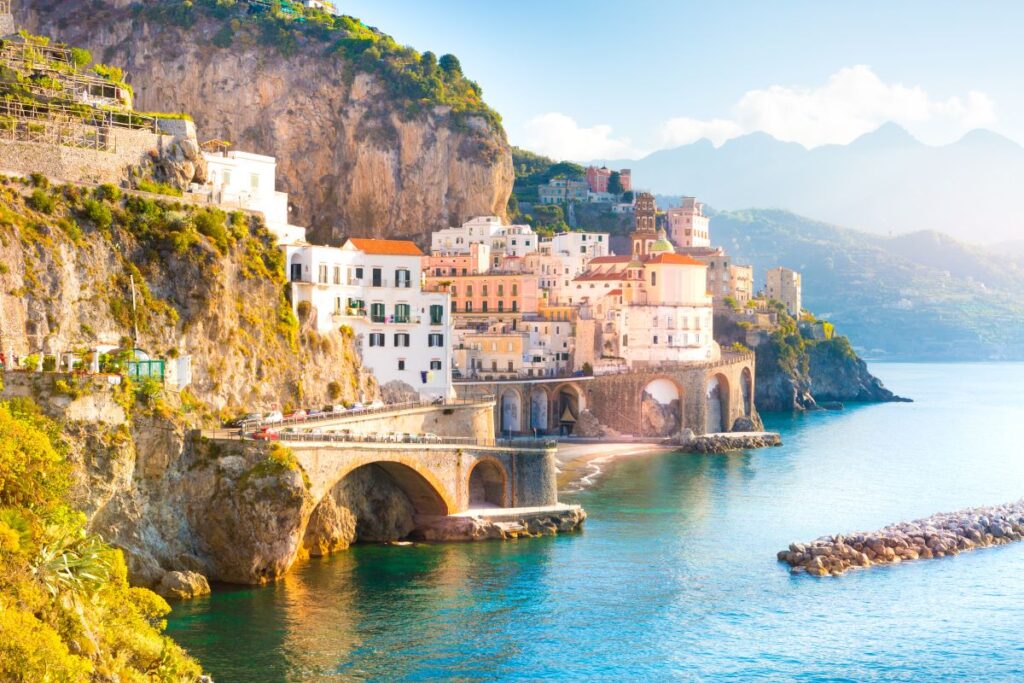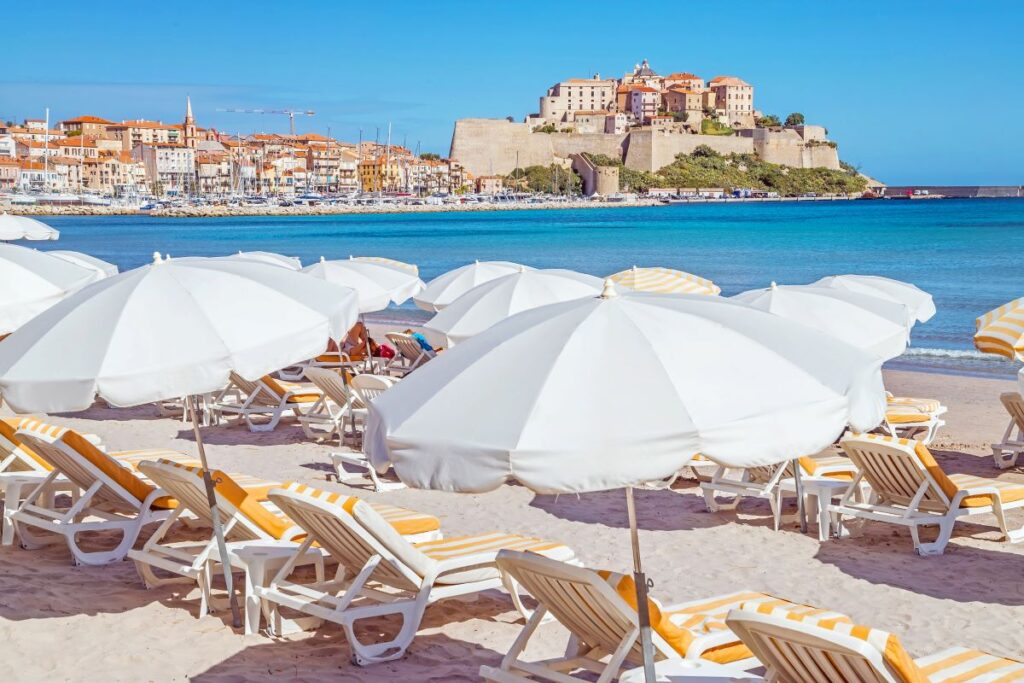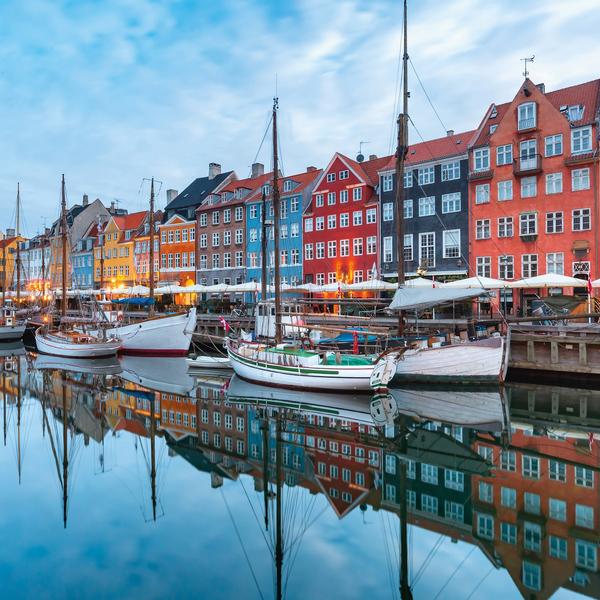Euro-summer, a snow-filled winter, or sensational spring: make the seasons work for you and your next European adventure.
There’s never been a wrong time to explore Europe. However, if you’re going to make the journey, why not take advantage of the best times to visit the continent’s 40-plus diverse countries?
From taking to the Swiss slopes in February, to walking along Santorini’s sun-kissed beaches in September, there will always be something to do, see or eat in Europe, so when and where you go depends completely on the type of holiday you’re after.
Whether you’re looking to island-hop under the warm Mediterranean sun, or chase cobblestoned paths through ancient snow-capped towns, discover the best season to suit your dream European escape.
Where to go in Europe in January, February & March

The beginning of the year is known to be the cheapest to explore Europe, thanks to the high chances of rain and snow, cold temperatures and limited European school holidays. January is a great time for sales so shopping in large cosmopolitan cities like Berlin, Paris, and Milan is at its best – if you don’t mind carrying around a coat. Although accommodation and flights may be at their cheapest throughout this season, it’s important to keep in mind when organising your itinerary, there’s a chance many attractions, shops, and restaurants may be closed, especially in the traditional summer destinations like Greece, southern Italy, Croatia and Portugal.
Make the most of the prime skiing conditions with a visit to the pristine slopes of Switzerland, Italy, France or even Bulgaria, soaking up the alpine air as you gaze across the stunning mountain ranges. In March, head north to Scandanavia to witness the mesmerising Northern Lights, with countries like Iceland, Finland and Greenland providing some of the best spots to see them. Towards the end of the season, blossoms start blooming and Spring festivities, like Fallas Valencia in Spain, commence with vibrant floral parades and fireworks.
This season, expect low prices, cold temperatures and minimal crowds.
Where to go in Europe in April & May

With the European springtime, the sun starts to appear a little more regularly, bringing visitors with it. This shoulder season offers the best of both worlds, with slightly lower prices and fewer crowds, but higher chances of sunny days and warmer temperatures. Expect popular destinations like the Cinque Terre and Barcelona to be not as busy, hot, or expensive as summertime, and enjoy sightseeing at your pace amid mild spring weather.
Although the Easter holidays prompt a surge of visitors, this period of temperate weather is the opportune time to explore some of the continent's most iconic cities, including Salzburg, Paris, Rome and Vienna. Over this period, Western Europe's rural gems like the south of France shine, Lisbon emerges as a must-visit and iconic destinations in Greece and Malta enjoy ideal conditions. While coastal areas witness a rise in cruise ship traffic, the Baltic and Nordic regions remain serene.
This season, expect typical prices, mild temperatures and growing crowds.
Where to go in Europe in June, July & August

June is a prime window for family travel, offering delightful weather just before the peak crowds descend. European school holidays usually start around mid-July and continue through to the end of August, mirroring the peak travel period. It’s over these six weeks that tourists flock to popular spots and hotel and flight prices soar. Beach adventures to the Amalfi Coast, hikes through Germany's lush trails and explorations of Brussels’ cobblestoned streets beckon during this period.
While destinations like Ibiza, Amsterdam and Santorini teem with tourists, some urban pockets like Budapest and Prague experience slightly less crowds as locals retreat to the Southern coast for their annual leave. Due to the high frequency of travellers over this period, booking your accommodation and flights months in advance is essential.
This season, expect high prices, hot temperatures and peak crowds.
Where to go in Europe in September & October

The second shoulder season of the year is said to be the overall best time to travel Europe. As locals resume work and head back to school, expect a decline in visitors and prices following the post-summer rush. Dive into pristine beaches with fewer crowds, particularly in southern Europe where warm weather and clear seas are abundant. Clink overflowing steins at Munich’s Oktoberfest, chase the midnight sun in the Nordics, explore Scotland’s jaw-dropping highlands, or sample your way through Tuscany’s iconic wine regions.
Towards the end of the season, the weather tends to become a little more unpredictable – but if you’re willing to risk cold and rainy climates, you'll enjoy significantly cheaper flights, accommodation and experiences. Although many of the major cities remain open and operating during this period, smaller towns and rural areas like some Greek and Croatian islands may start to close for the season.
This season, expect typical prices, mild temperatures and moderate crowds.
Where to go in Europe in November & December

The magic of Christmas settles over Europe from mid-to-late November, with many large cities playing host to extensive festive markets. Crowds surge over this time, especially over the weekends, as tourists venture to Germany, Austria, France, Hungary and the Czech Republic to drink mulled wine and munch on bratwurst, flammkuchen and langos. Wander through the markets mid-week and venture off the beaten track on the weekends for your best chance at crowd-free exploration.
Despite the shorter days, there’s plenty to explore in these winter wonderlands: take to the ice at pop-up ice skating rinks, stroll under festive light displays or indulge in a spot of Christmas shopping for friends and family back home.
Craving some warmth and sunshine? The Canary Islands beckon with daytime highs in the low 20s, offering a warm escape in the depths of winter.
This season, expect typical to low prices, cool temperatures and few crowds.
Looking for more inspiration? Check out Month-by-Month Guide to the Best Holiday Destinations for Sun-Seekers.
























